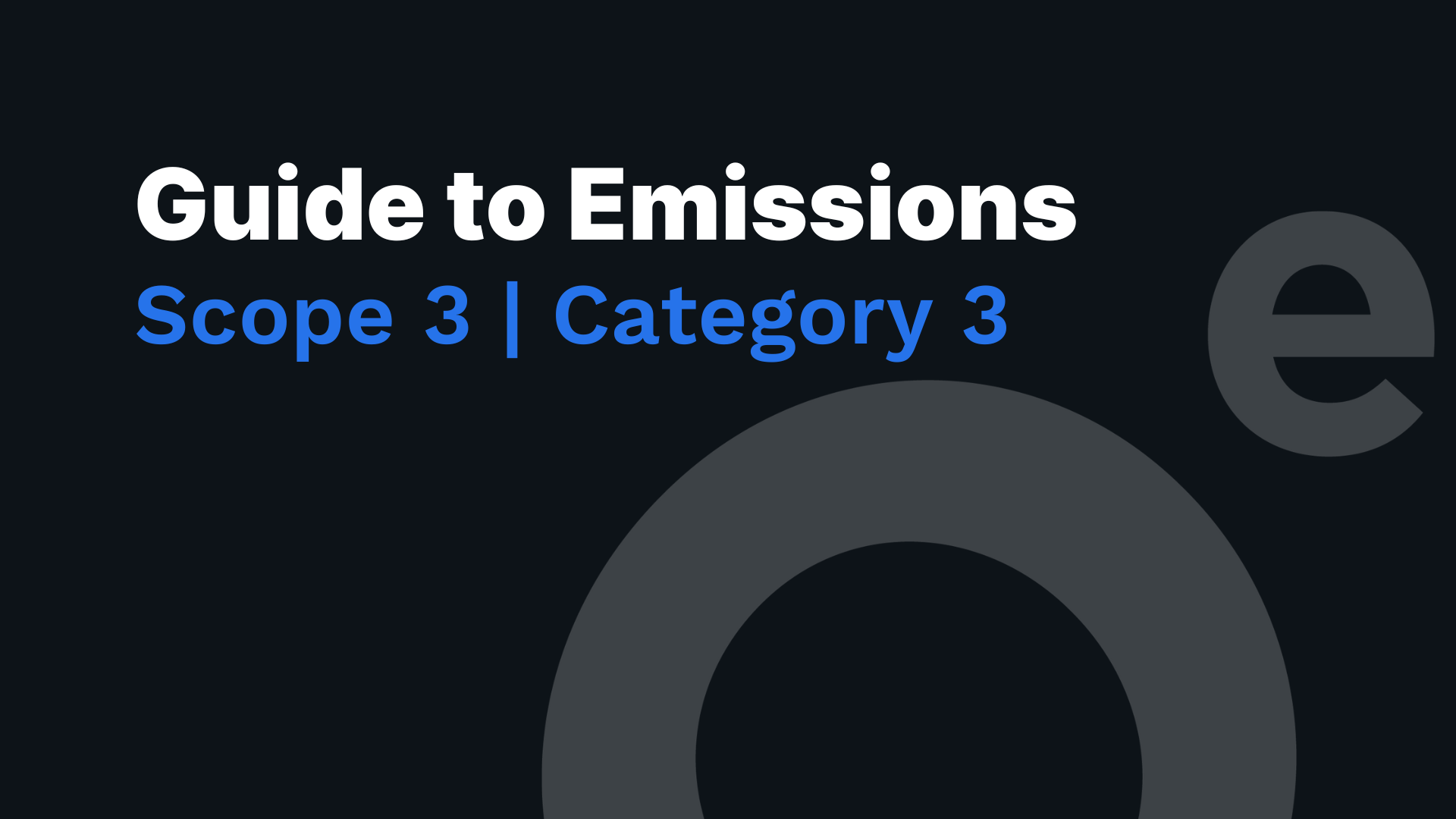Scope 3 Category 3 emissions, known as "Fuel- and Energy-Related Activities," refer to the indirect greenhouse gas (GHG) emissions generated from the production, transportation, and distribution of fuels and energy consumed by an organization, not included in Scope 1 or 2 emissions. These emissions are associated with upstream activities in the energy supply chain, such as the extraction, refining, and transportation of fuels. Examples include emissions from the extraction of raw materials like coal or natural gas and the transportation of electricity or heating fuels to the organization's facilities.
Required Data for Calculating Scope 3 Category 3 Emissions
To accurately calculate Scope 3 Category 3 emissions, companies need to collect the following data:
Energy and Fuel Consumption: Data on the types and amounts of fuels and energy consumed by the company that are not part of Scope 1 (direct emissions) or Scope 2 (indirect emissions from purchased electricity, steam, heating, or cooling). This includes fuel used for company-owned vehicles, rented or leased vehicles, employee business travel in personal vehicles, and energy used in outsourced processes.
Transmission and Distribution (T&D) Losses: Information on electricity T&D losses within the company's operations or supply chain. This data is often available from utility providers or national/regional energy statistics.
Emission Factors: Appropriate emission factors for each type of fuel and energy source. These can be obtained from sources like the GHG Protocol, the Intergovernmental Panel on Climate Change (IPCC), or national/regional environmental agencies.
Once the relevant data is collected, companies can calculate their Scope 3 Category 3 emissions by applying the appropriate emission factors to the fuel and energy consumption data, accounting for T&D losses and specific activity data.
Methods for Calculating Scope 3 Category 3 Emissions
The methods for calculating these emissions are listed in order of specificity to the individual supplier of fuel and energy. However, companies do not always need to use the most specific method first:
Supplier-Specific Method: Obtain data on upstream emissions, including extraction, production, and transportation, directly from fuel providers.
Average-Data Method: Estimate emissions using secondary (e.g., industry average) emission factors for upstream emissions per unit of consumption (e.g., kg CO2e/kWh).
These methods provide different levels of specificity and accuracy, allowing companies to select the most appropriate approach based on data availability and reporting needs.
For more information
To start at the beginning, read the Understanding Carbon Emissions guide, or to move to the general overview of scope 1, 2 and 3.
Schedule a Demo of our Platform
If you're interested to know how Zeroe's platform can help you measure your scope 1, 2 and 3 emissions - schedule a demo with us today.
